Duck Clubs
Techniques For Mosquito Management In Duck Clubs Based On Studies Conducted On Grizzly Island Wildlife Refuge
Vincent H. Resh, Darold P. Batzer, Ferenc A. de Szalay and Eric Schlossberg
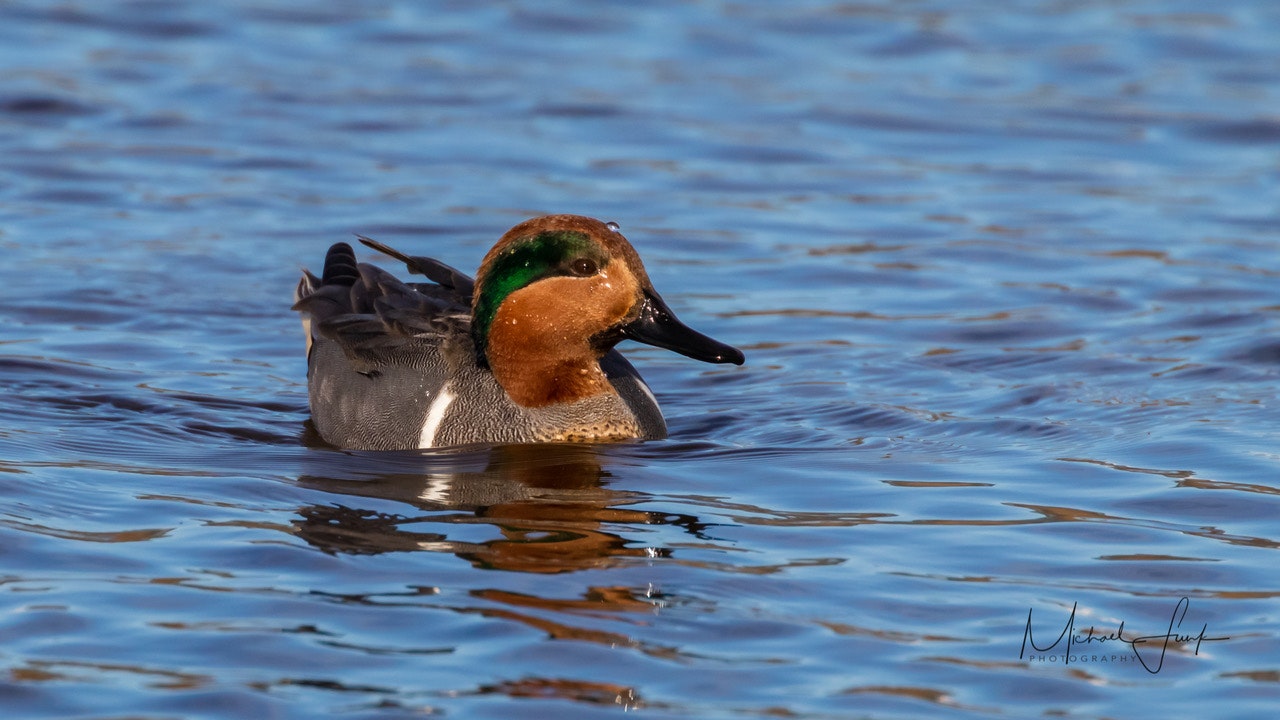
Background Statement
The District has been faced with an ever-increasing number of housing developments surrounding the Suisun Marsh that are within the flight range of at least four species of mosquitoes that are important either as disease vectors or pests. Aedes melanimon and Aedes dorsalis and Culiseta inornata are strong fliers that feed on mammals including man quite aggressively. Aedes dorsalis is capable of flights over 20 miles while Aedes melanimon and Culiseta inornata can move at least 10 miles from their sites of emergence. Culex tarsalis is the primary vector of the Western equine (WEE) and St. Louis encephalitis (SLE) viruses in California. This species is primarily a bird feeder but does feed on mammals including man at times. This mosquito is capable of flights of at least 5-7 miles. Aedes melanimon has been shown to be involved in a secondary maintenance cycle of WEE transmission in the Central Valley.
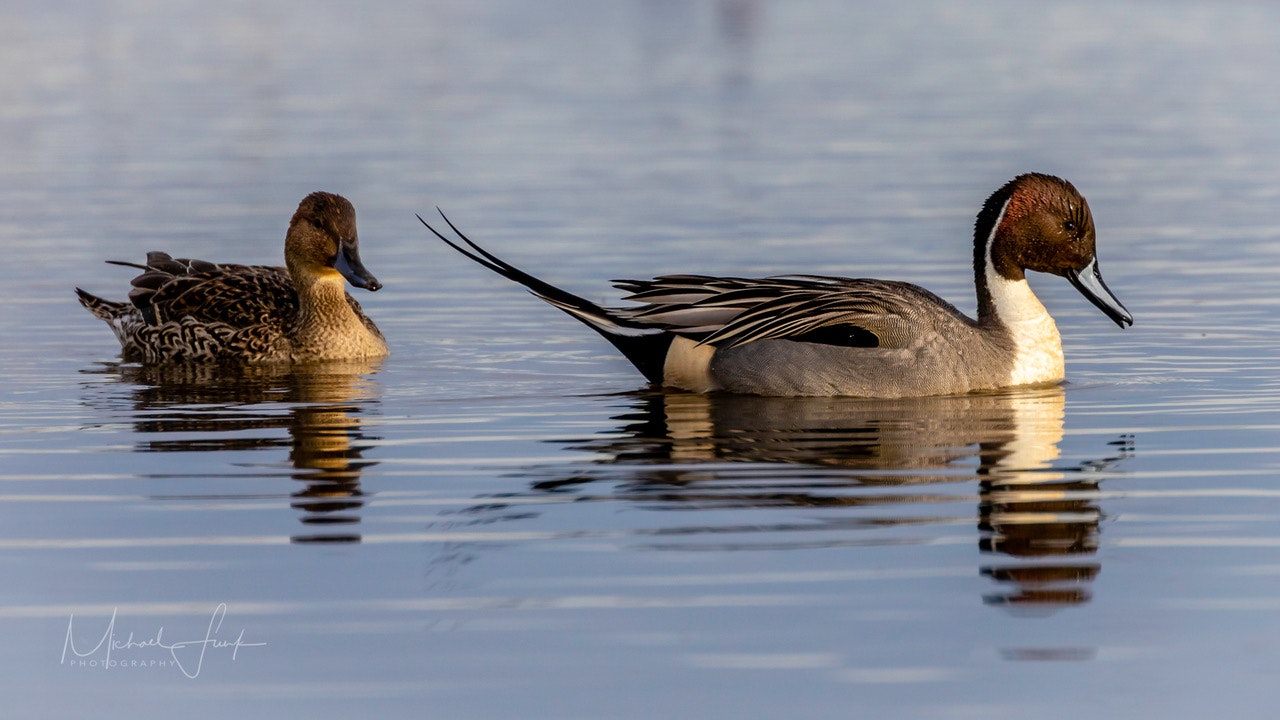
The brief descriptions of mosquito management techniques mentioned here on based on studies conducted at the California Department of Fish and Game’s Grizzly Island Wildlife Area (GIWA) in the Suisun Marsh. These studies were conducted from 1987-1997 by graduate students Darold Batzer, Ferenc A. de Szalay and Eric Schossberg under Vincent H. Resh professor of aquatic entomology with the Department of Environmental Science, Policy, and Management, University of California, Berkeley. The references listed contain extensive descriptions of each of the methods mentioned.
Methods For Control
I. Water Manipulation/Management
Method Result
Rapid flooding: Mosquito eggs hatch synchronously and therefore fewer treatments are necessary to kill mosquito larvae.
Stable water levels: Because fluctuating water levels will cause multiple mosquito hatches when areas are reflooded, stable water levels will also reduce the number of treatments necessary to control mosquito larvae.
Late flooding (late Oct.-Nov.) Delay flooding until the weather is cooler because fewer adult female mosquitoes are active; therefore oviposition will be lower. However, note that numbers of other beneficial insects (e.g. midges, beetles) may also be lower late in the season and invertebrates important in duck diets may be lower as well. (e.g. de Szalay, Resh 1997 Envir. Ent.)
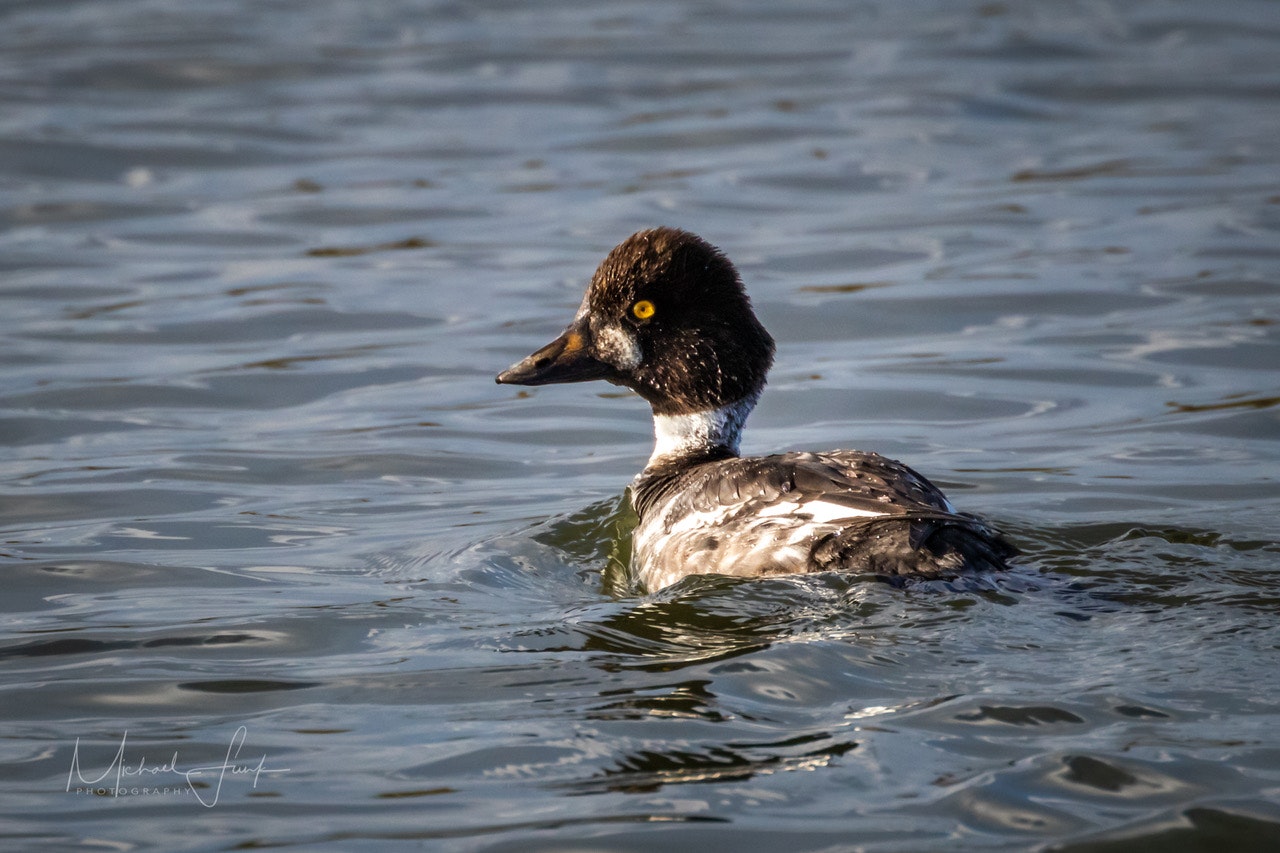
II. Vegetation Management
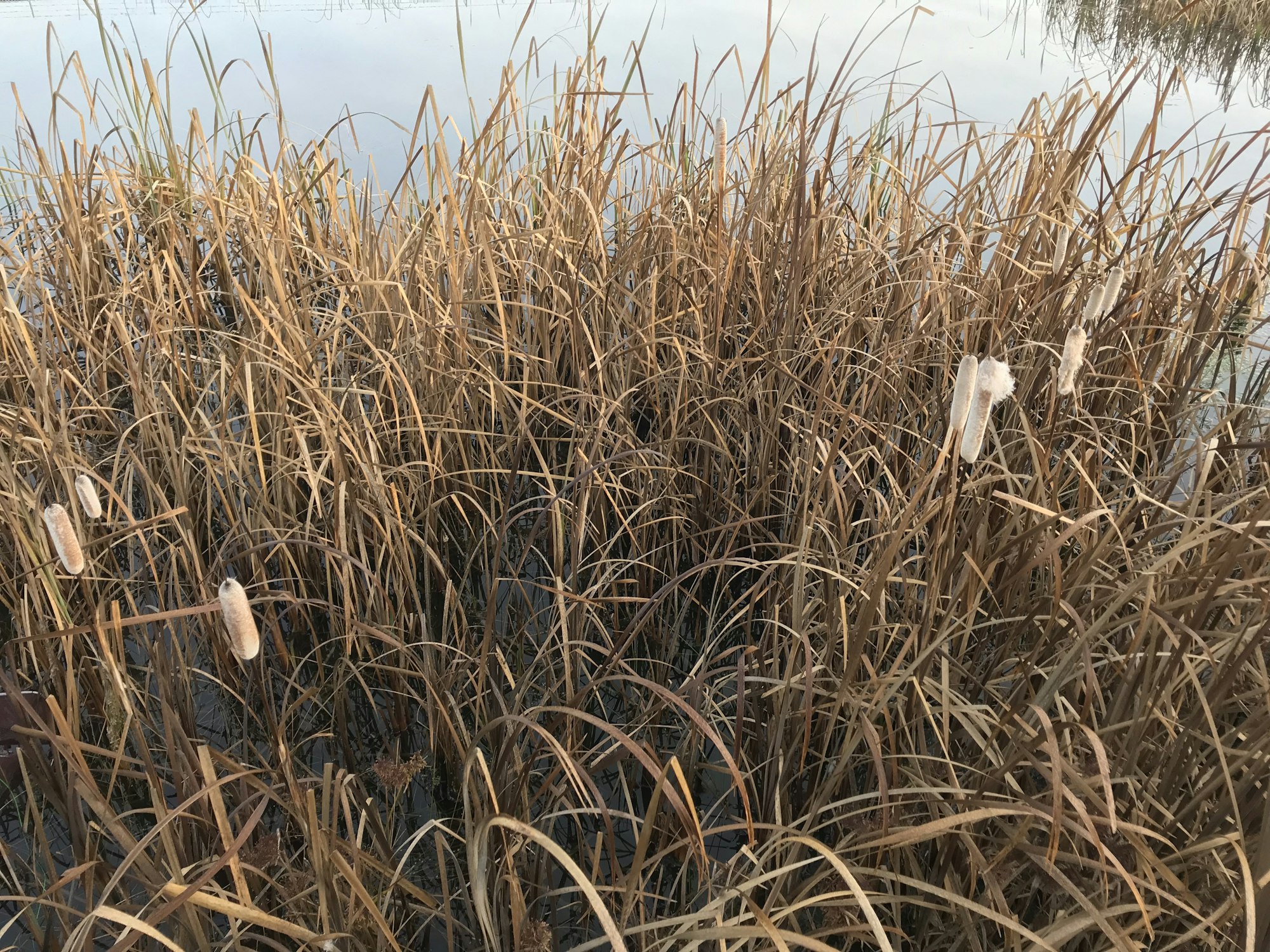
Reduce the amount of emergent vegetation such as pickleweed, and saltgrass by mowing or discing, because open water is not habitat for mosquito larvae. (e.g. de Szalay, Batzer, Schlossberg, Resh Proc. CMVCA 1995). Additional benefits of these treatments are colonization by plants that produce seeds eaten by waterfowl (e.g. brassbuttons, goosefoot, purselane), and also by invertebrates eaten by ducks (midges, beetles, water boatmen) (de Szalay & Resh 1997 Wetlands and Schlossberg & Resh 1997 Proc. MVCAC).
Treat edges of plant stands at water/land interface to remove emergent plant cover in areas where mosquito larvae are carried by wind and wave action. (Batzer & Resh 1995 Wetlands Article).
Permanently flooded marshes have little emergent plant stands in deeper sections. Therefore, mosquito production is lower than in seasonal marshes.
III. Mosquito Predators
Fish – Native stickleback and also the introduced mosquito fish are predators of mosquito larvae; the latter is more effective. These fish can control mosquito populations in areas with low emergent plant cover. Fish populations are usually higher in permanent wetlands and are not very effective to control mosquitoes inseasonally flooded habitats.
Invertebrate predators are extremely important in controlling mosquito populations. Dragonfly larvae, beetles, and water boatmen all feed on mosquito larvae. These species naturally colonize wetlands and usually reduce mosquito populations 2-4 weeks after the wetlands are first flooded. No specific management methods are necessary, but use of broad-spectrum insecticides should be avoided because these may also kill invertebrate predators. Controlling mosquitoes with bacterial toxins (Bti) or with juvenile hormone mimics (Methoprene) is recommended because these chemicals do not affect predatory invertebrates or wildlife.
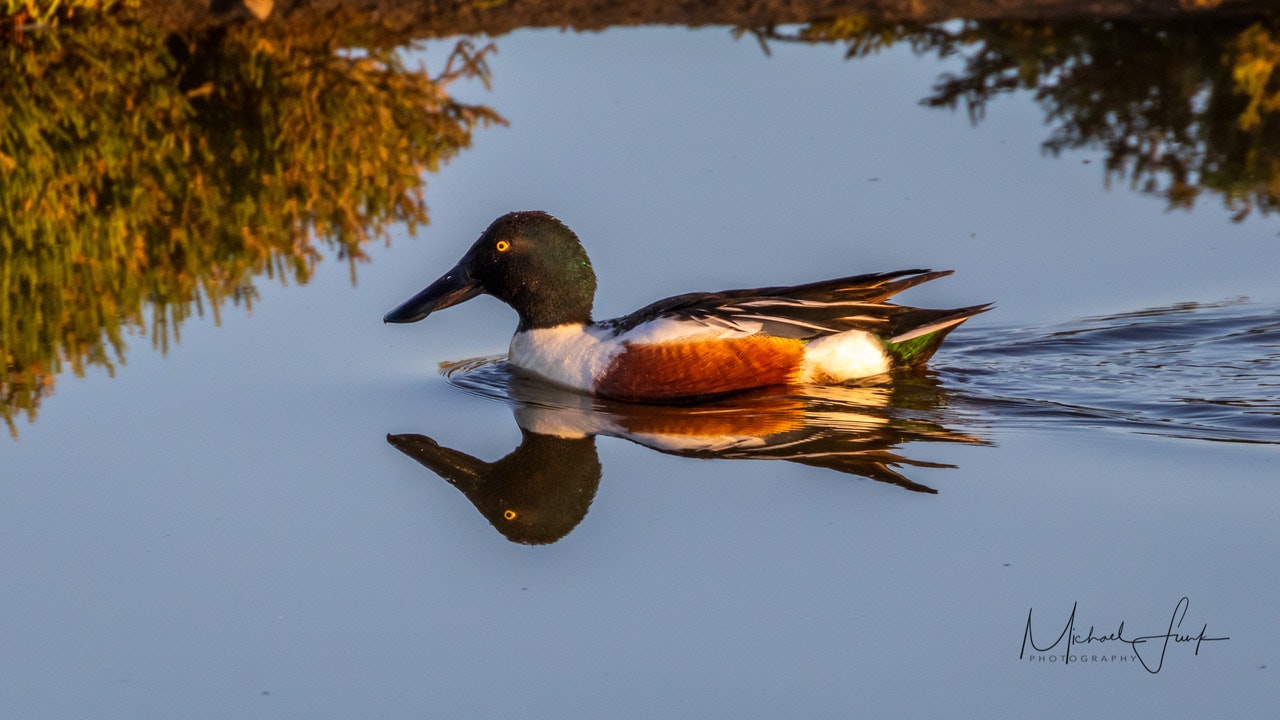
IV. Mosquito Abatement Implementation of Recommendations
Each year the District meets with biologists/staff of the California Department of Fish and Game’s (Grizzly Island Wildlife Area to discuss upcoming flooding plans for the year. Suggestions are made regarding water control structure or drainage improvements and vegetation management techniques that would help minimize mosquito production on a pond by pond basis. The types of vegetation and amounts of each specific type can vary greatly. District personnel can advise CDFG staff as to the location, species and density of mosquito larvae found. Beyond that, any actual physical improvements or vegetation management (by discing, mowing or burning) is done by CDFG staff. During the summer and autumn months communication is frequent due to the number of ponds that are flooded earlier in the year for a variety of waterfowl feed. This gives CDFG the option of rapidly draining the pond(s) with mosquito larvae and then quickly reflooding. The water empties from the pond into a larger drain or slough where mosquito predators can consume them. This may not always be feasible due to the large size of a pond and/or the inability to drain it rapidly. This practice does reduce the need for pesticide applications to control Ochlerotatus melanimon or Ochlerotatus dorsalis mosquitoes.
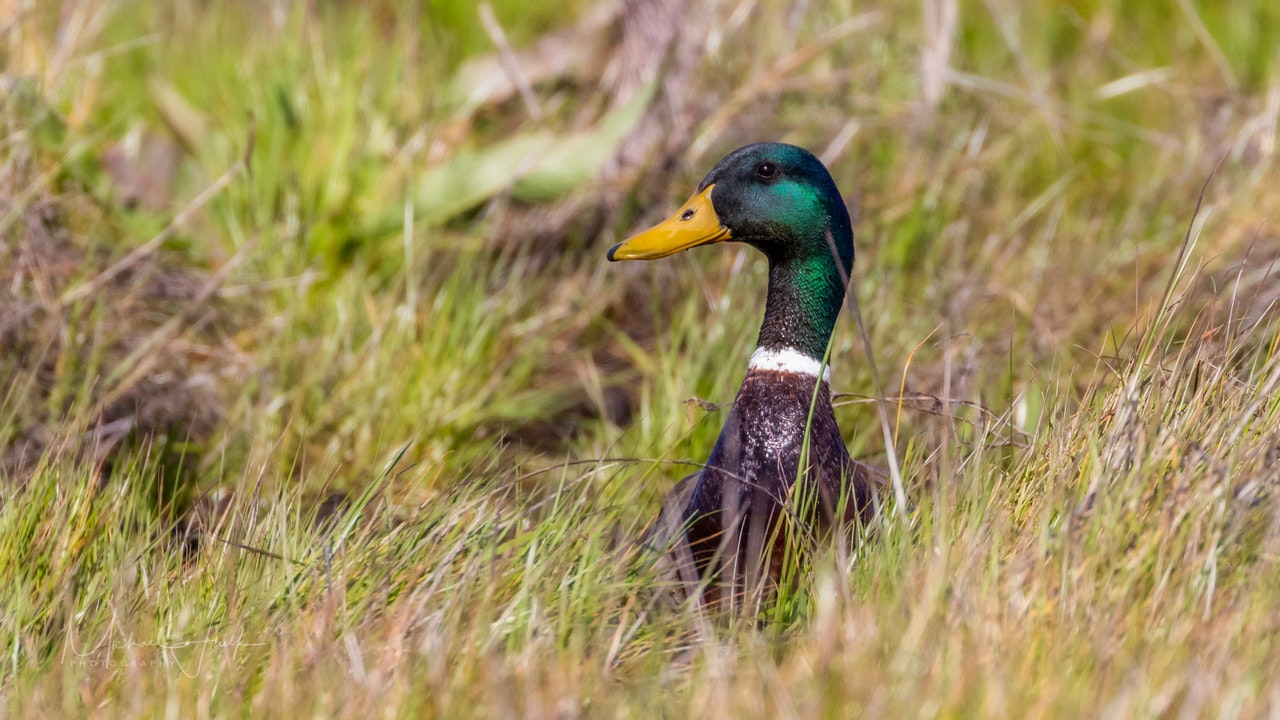
A New Jersey light trap is operated on Grizzly Island near CDFG Headquarters to monitor local populations from April through November or December on a weekly basis.
The District also meets with representatives/staff of the Suisun Resource Conservation District (SRCD) to review the flooding and draining capabilities of individual duck clubs before any early flooding commences. A system of notifying the District by phone and/or fax promptly once flooding has started is in place. Often personal communication in the field occurs between District staff and the duck club owners or staff. As with CDFG property, this greatly reduces the need for pesticide applications to control Ochlerotatus mosquitoes by giving the club owner the opportunity to quickly drain the pond(s) with mosquito larvae and then rapidly reflood.
